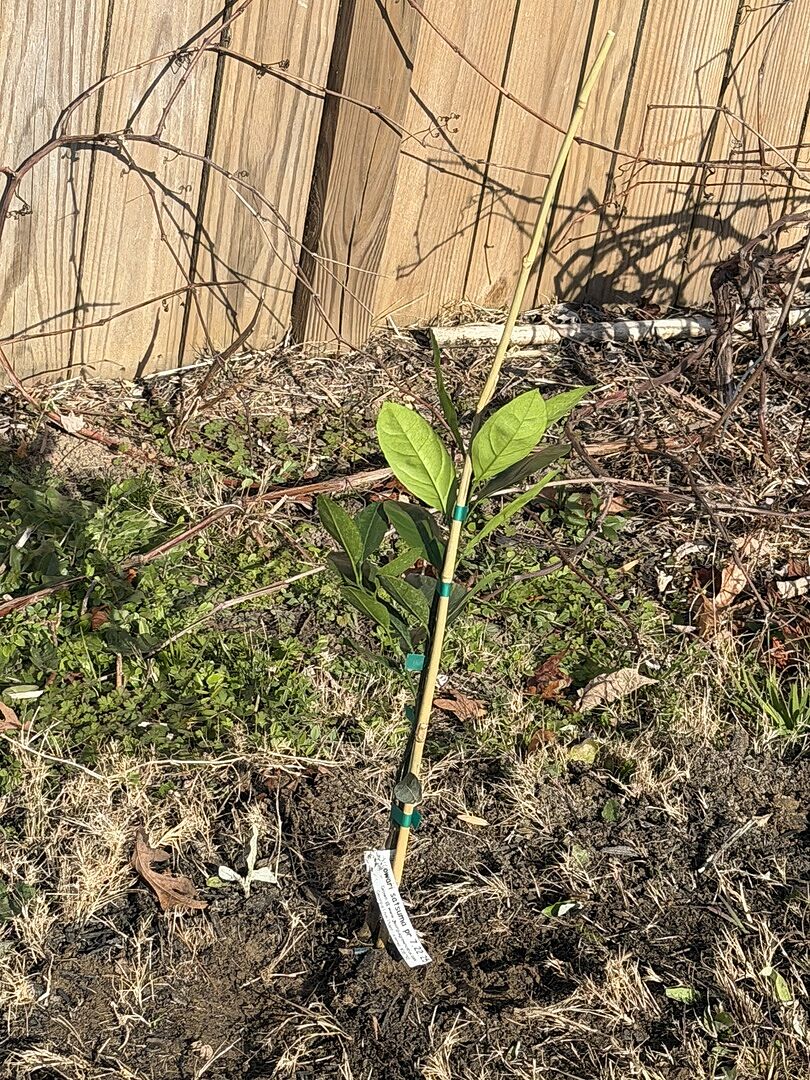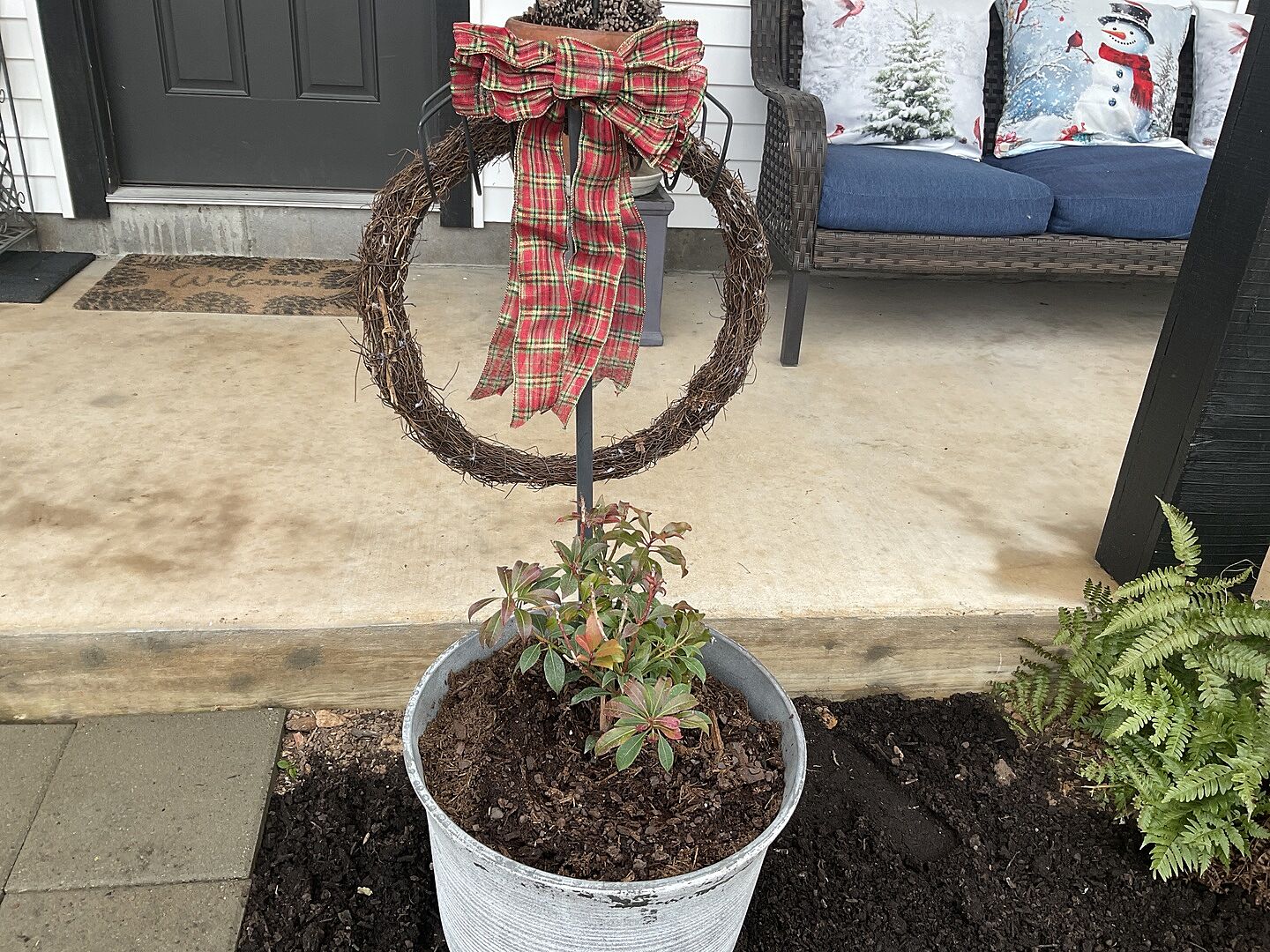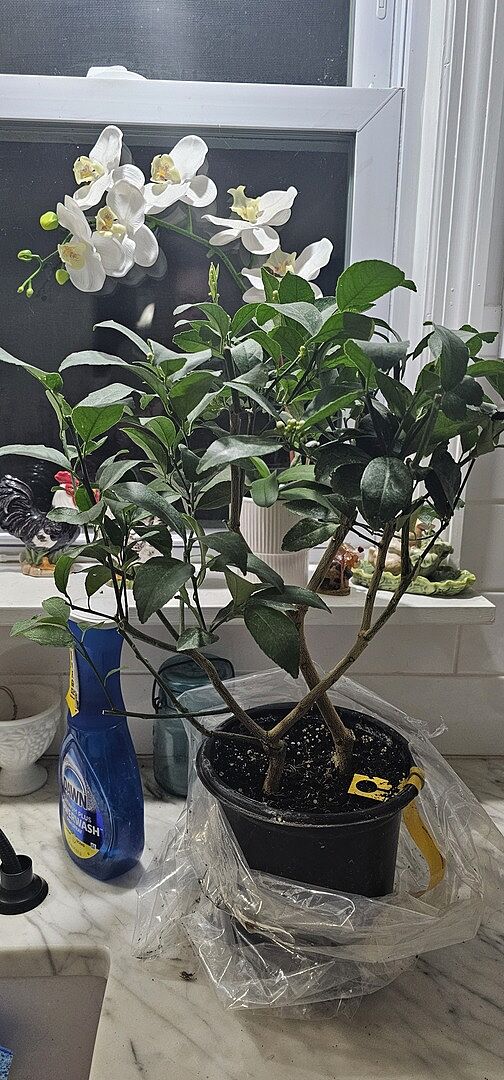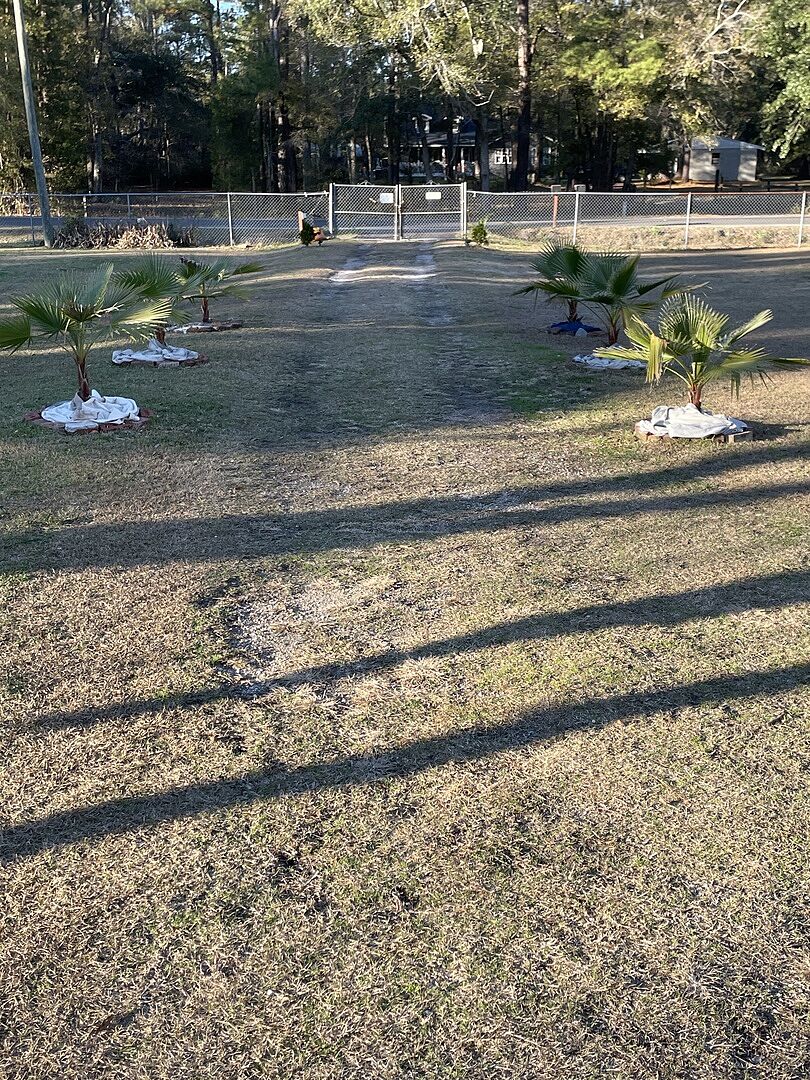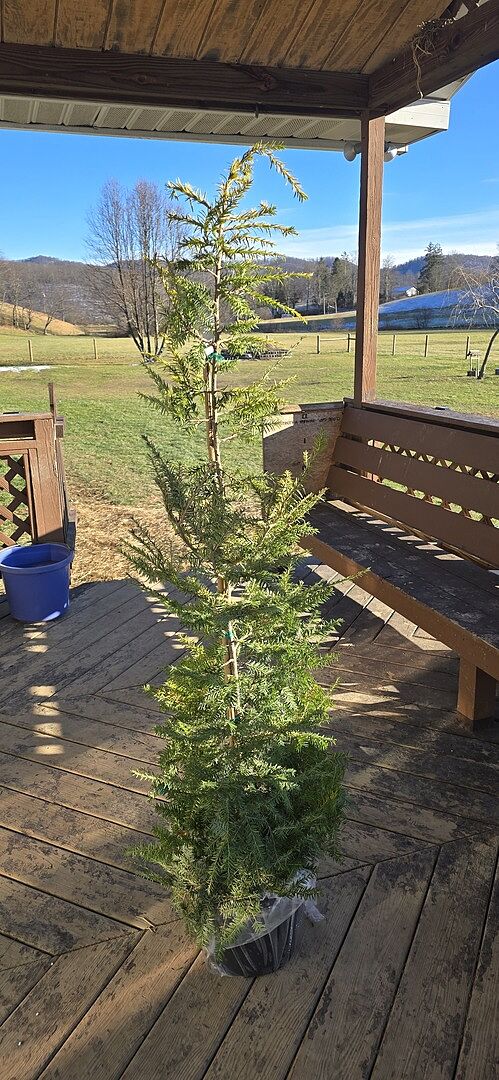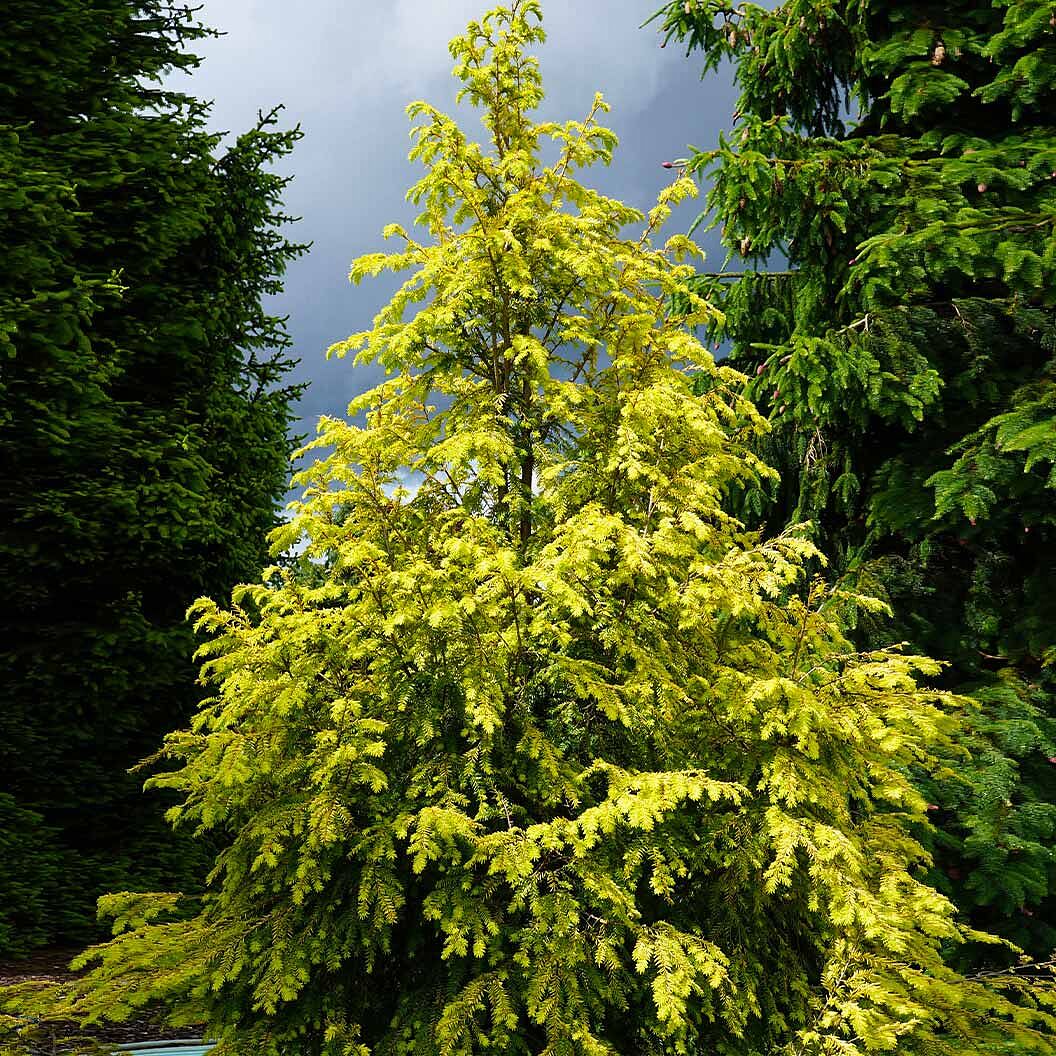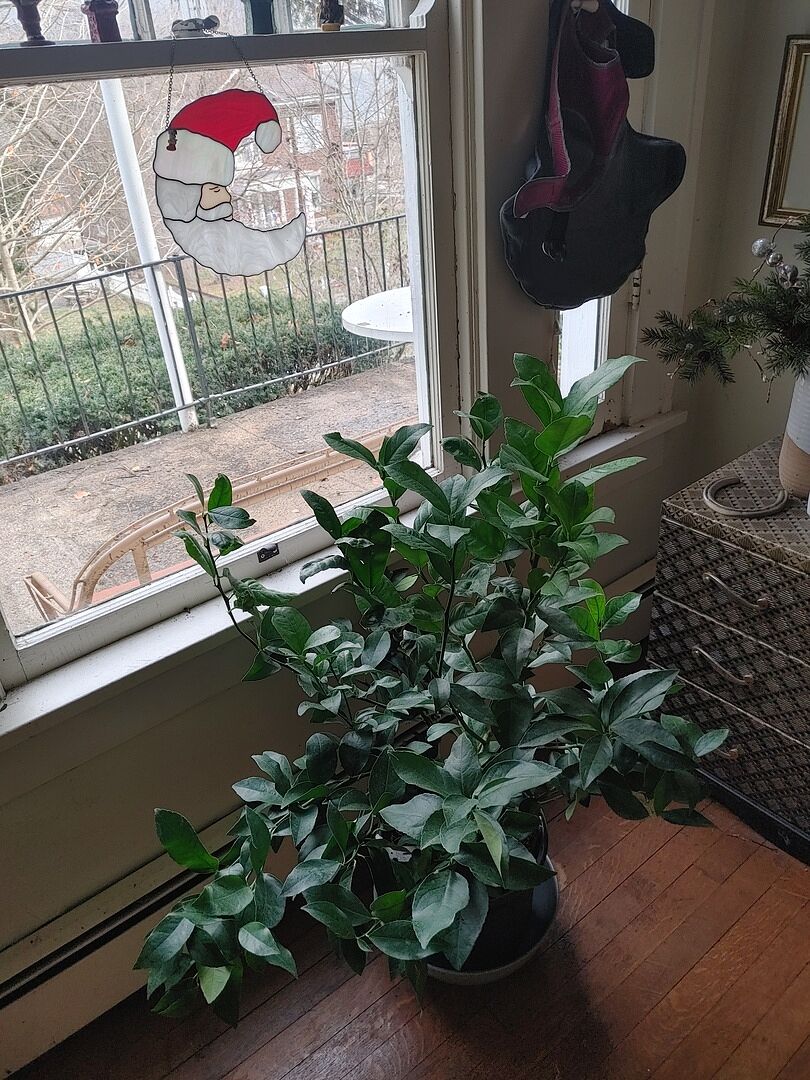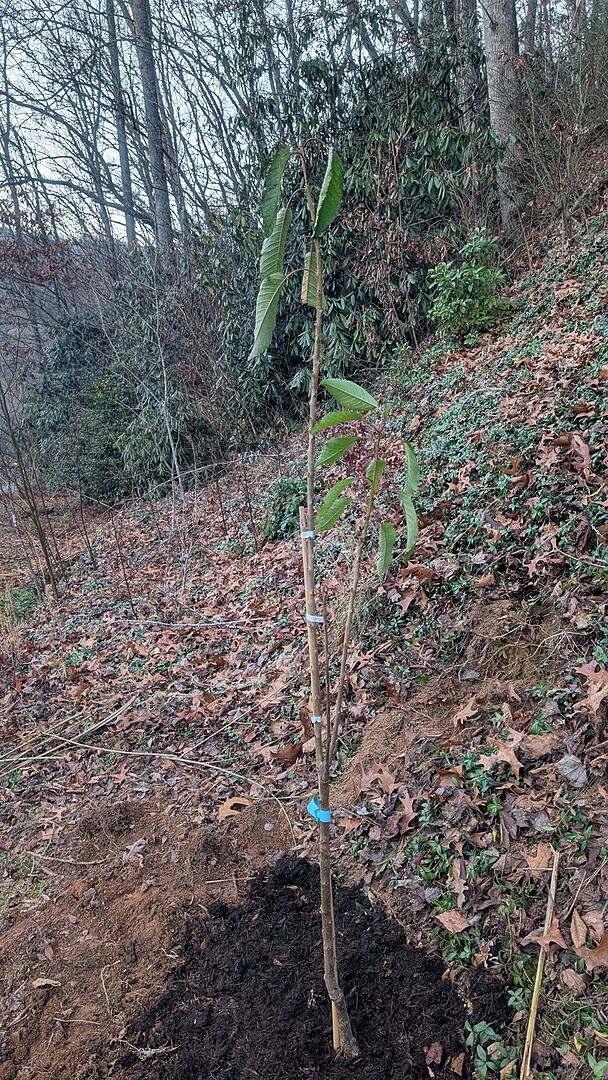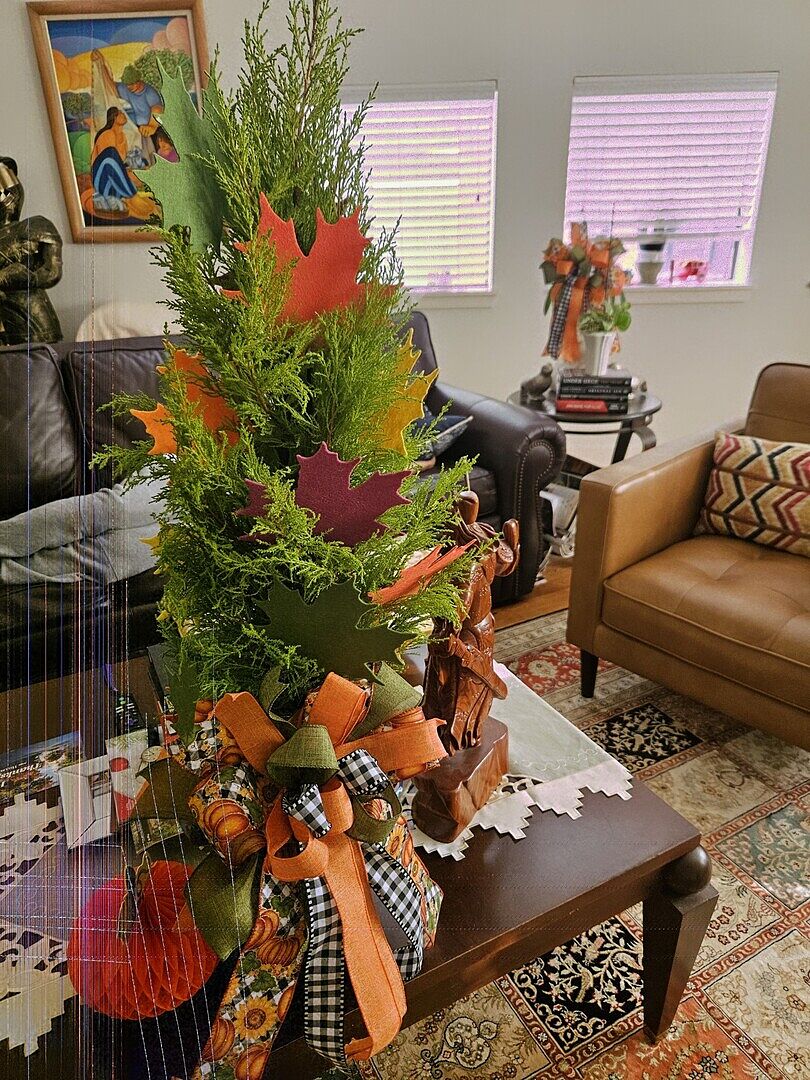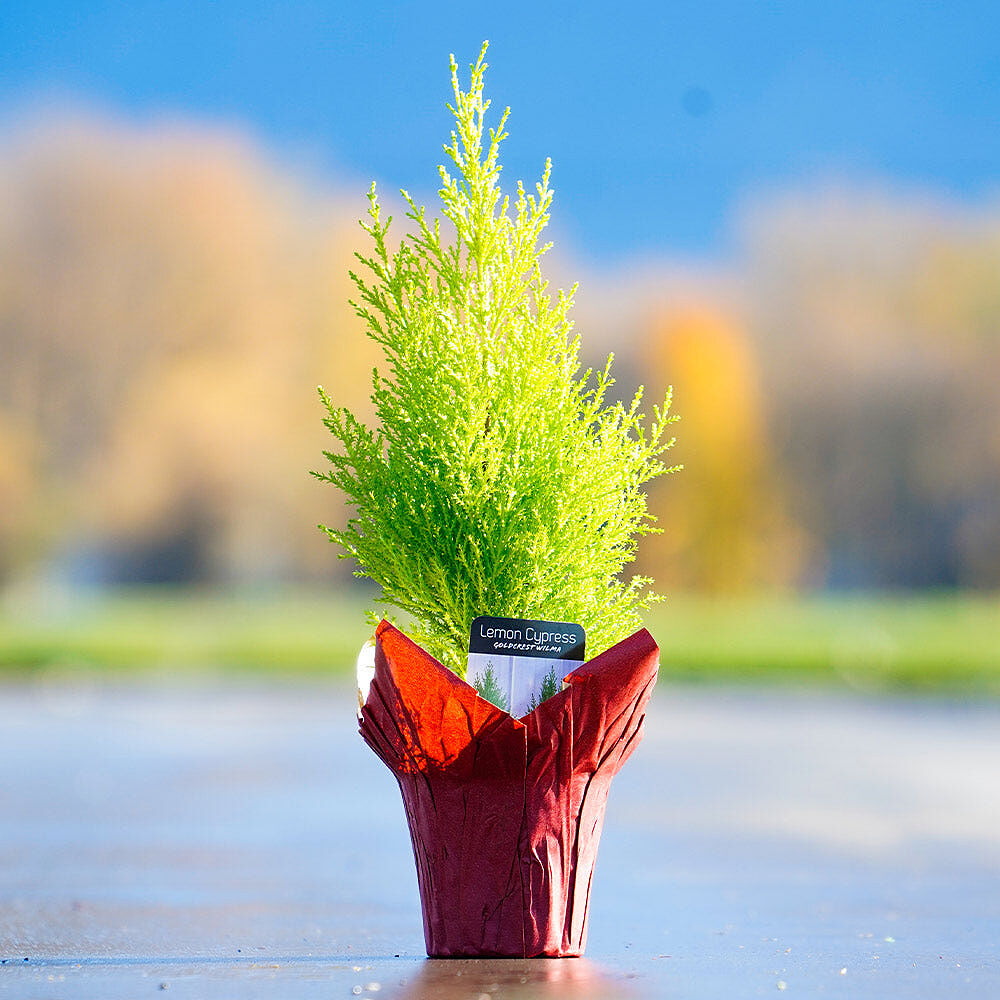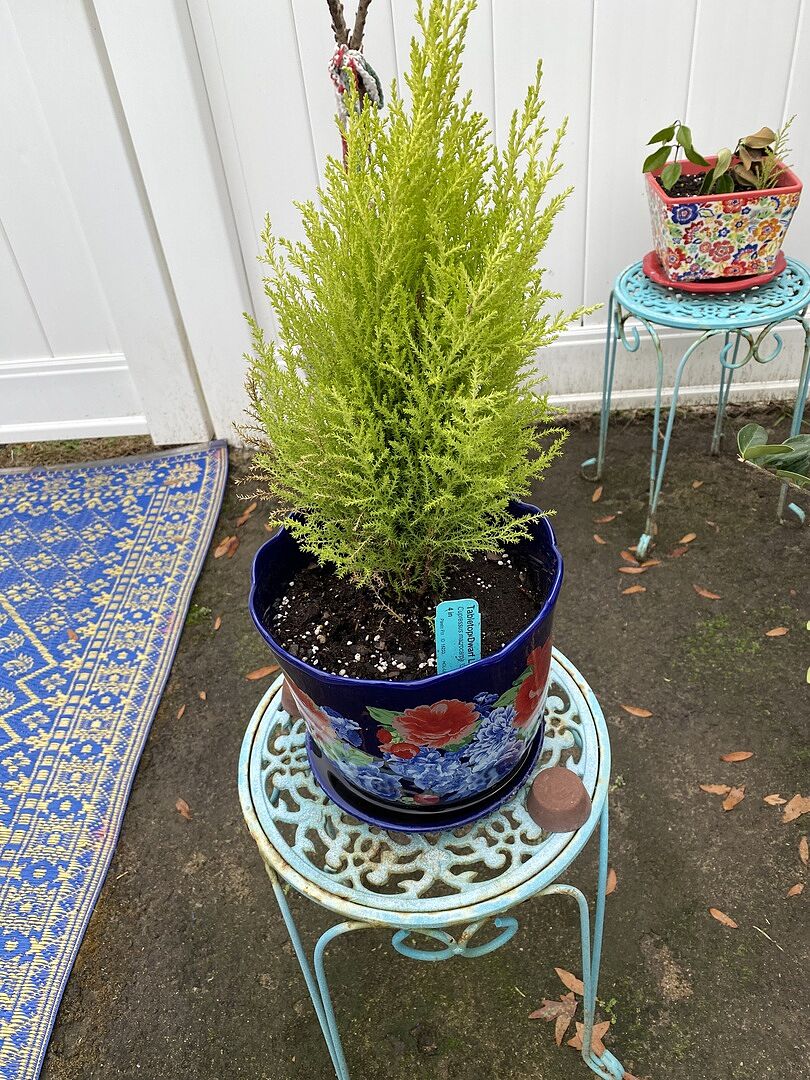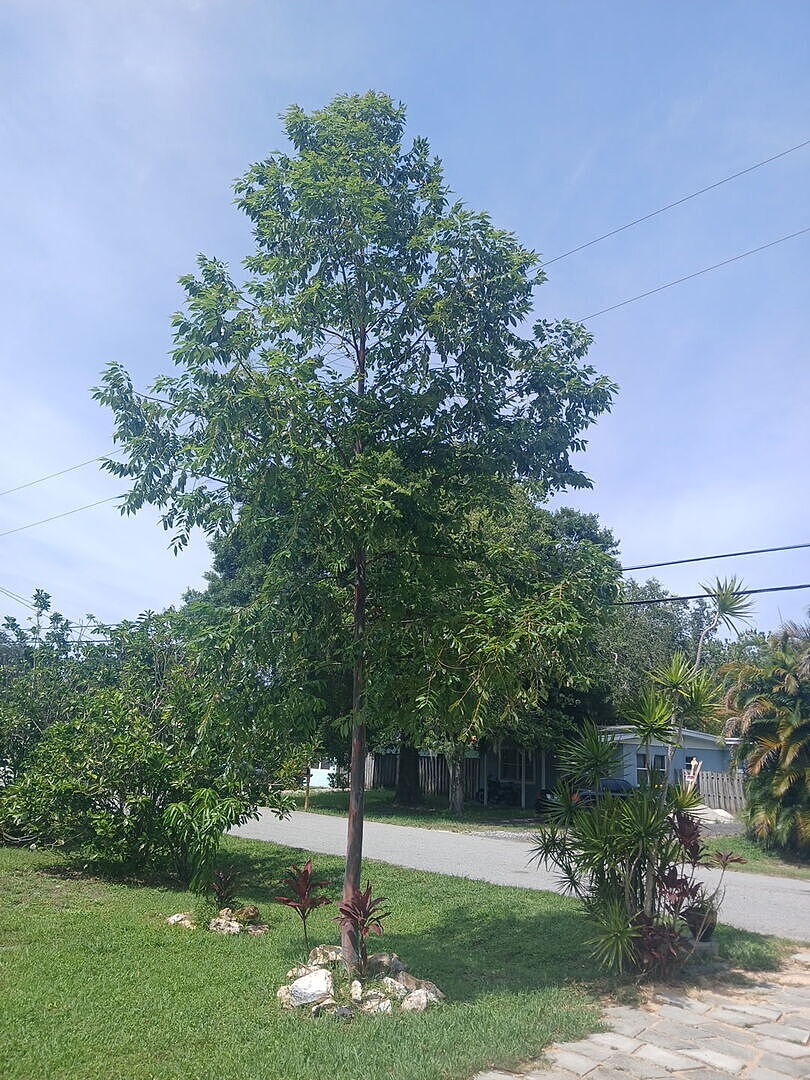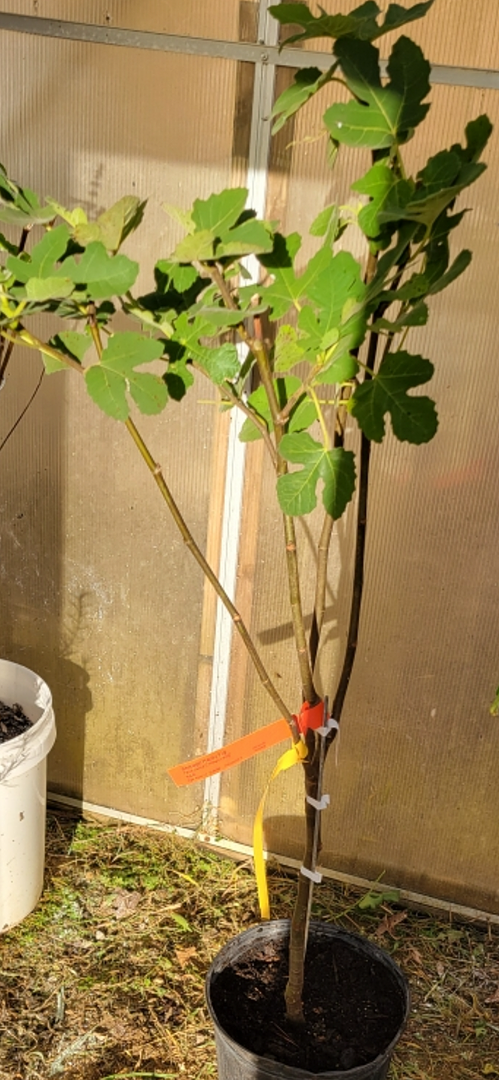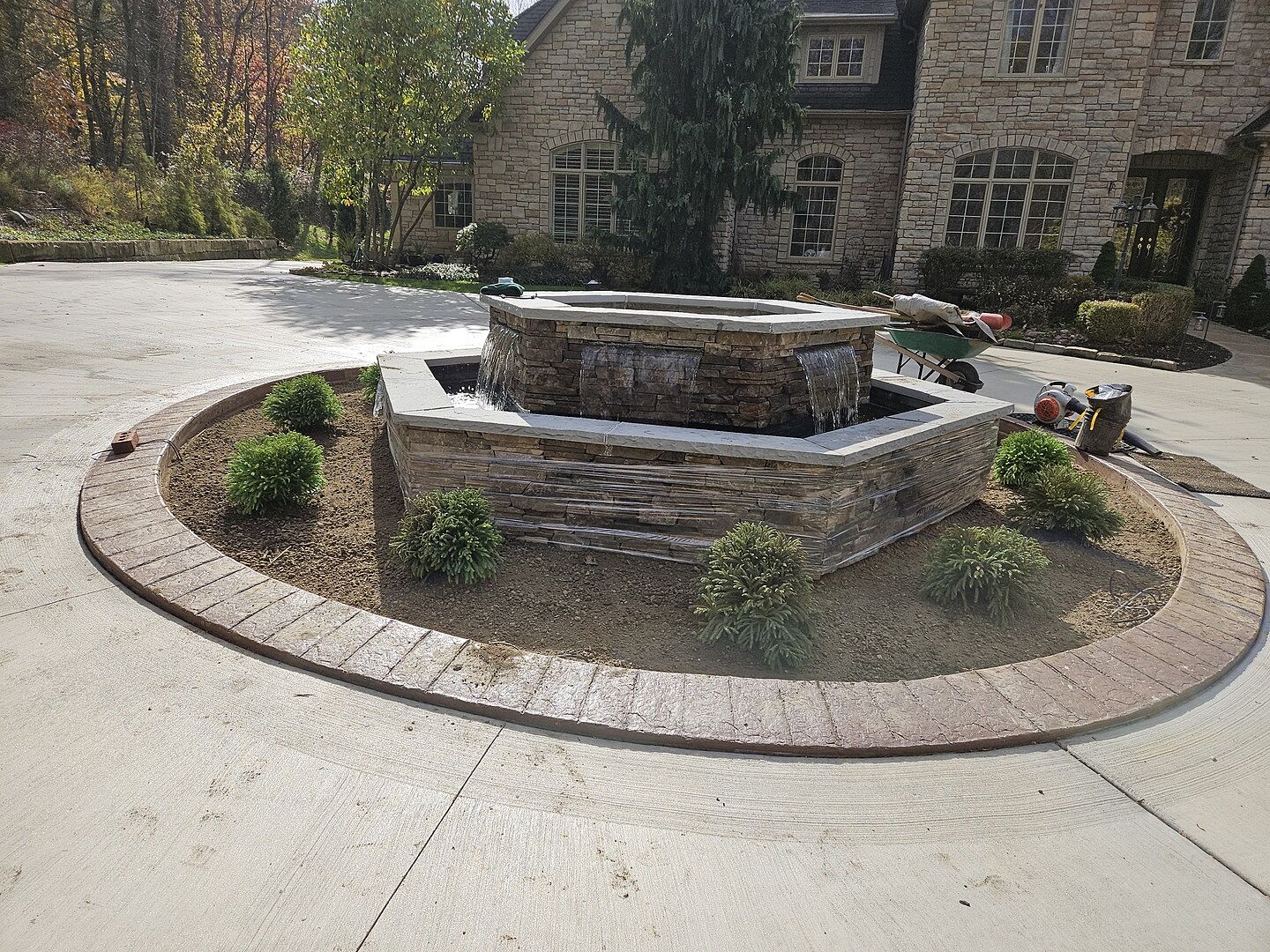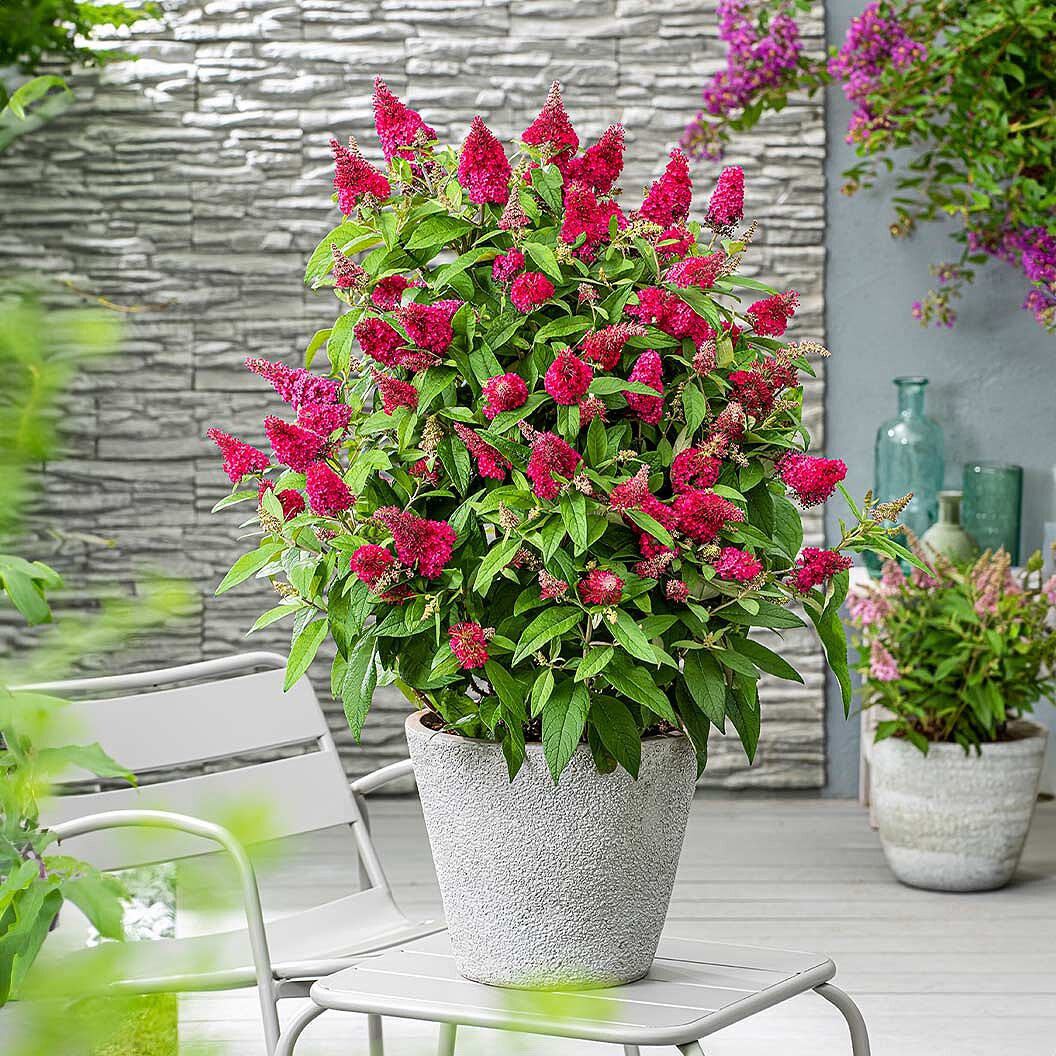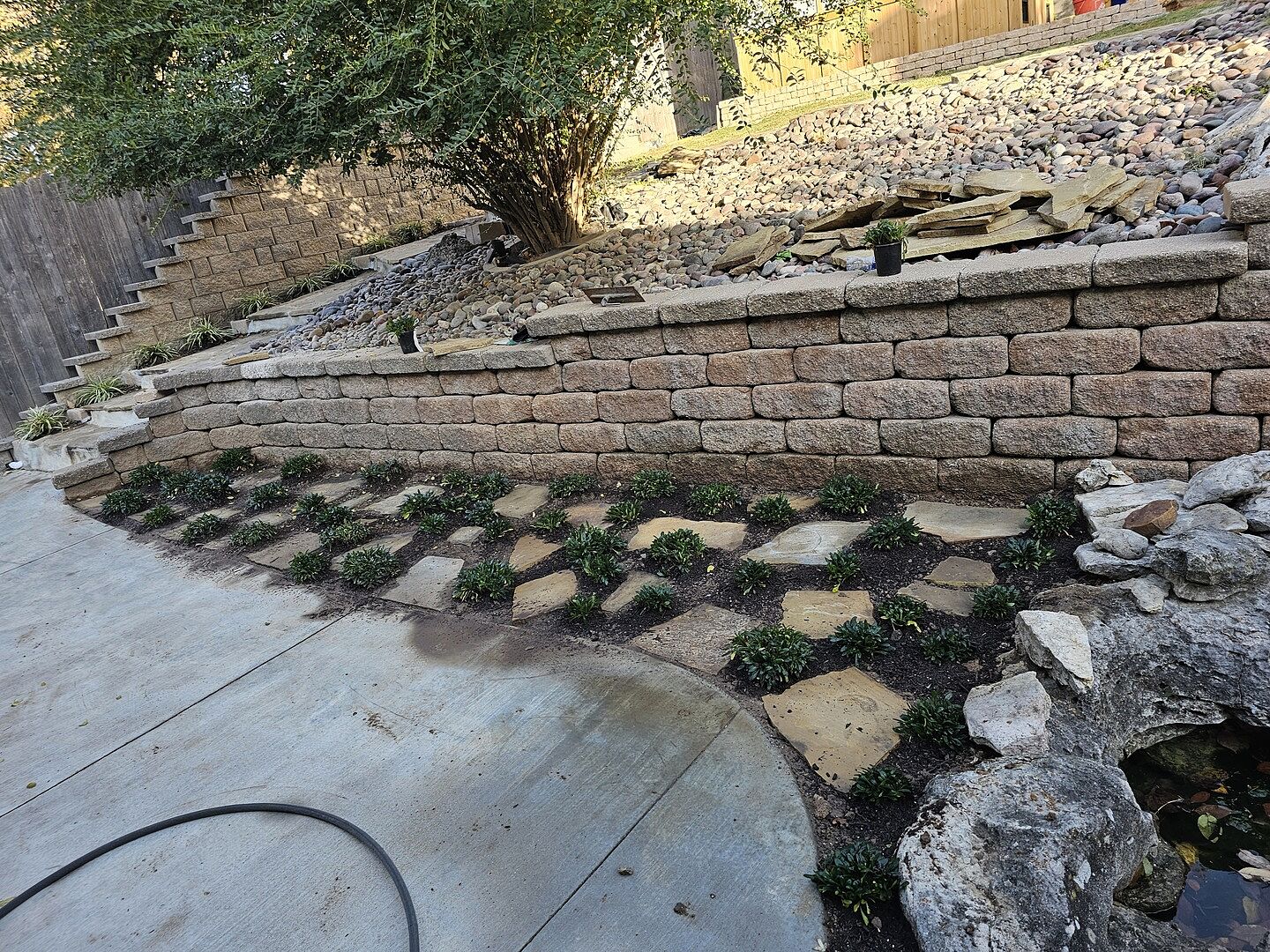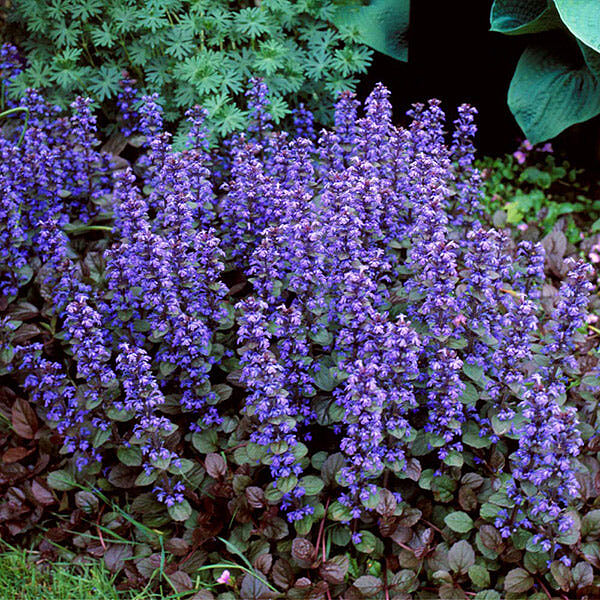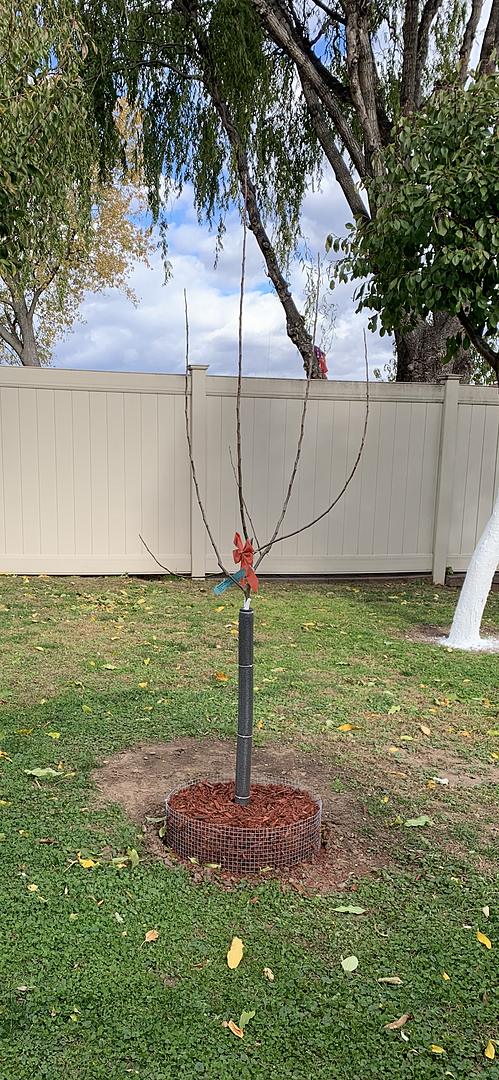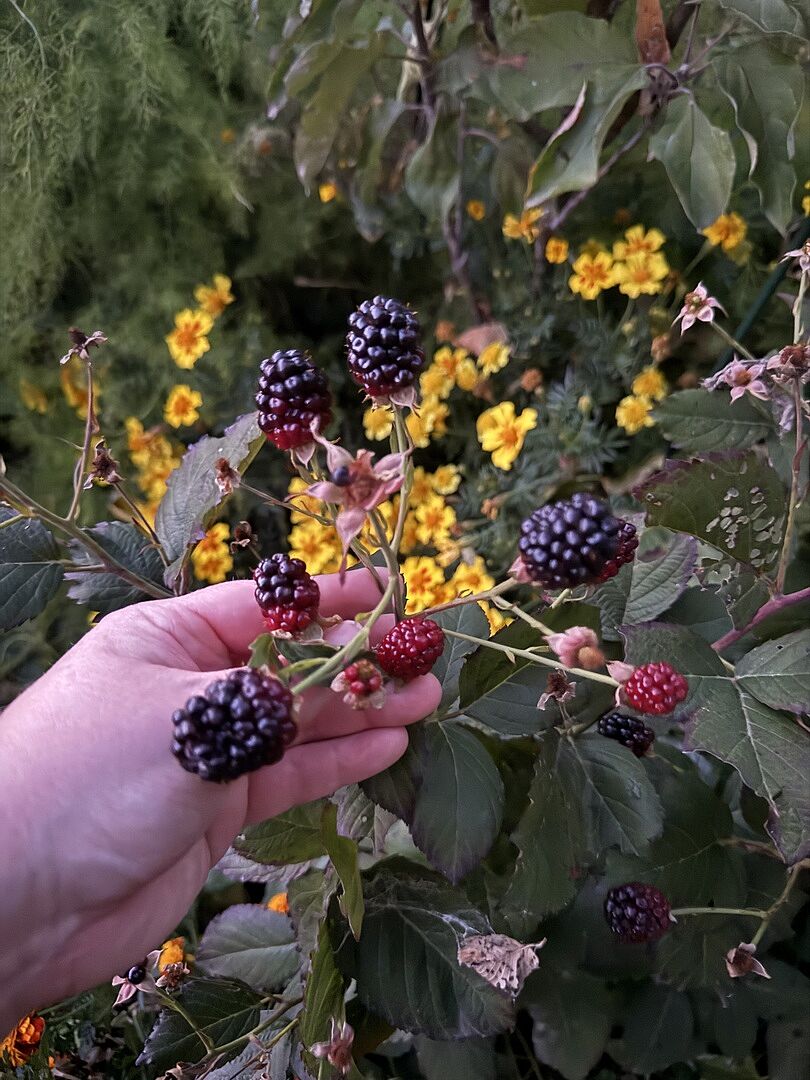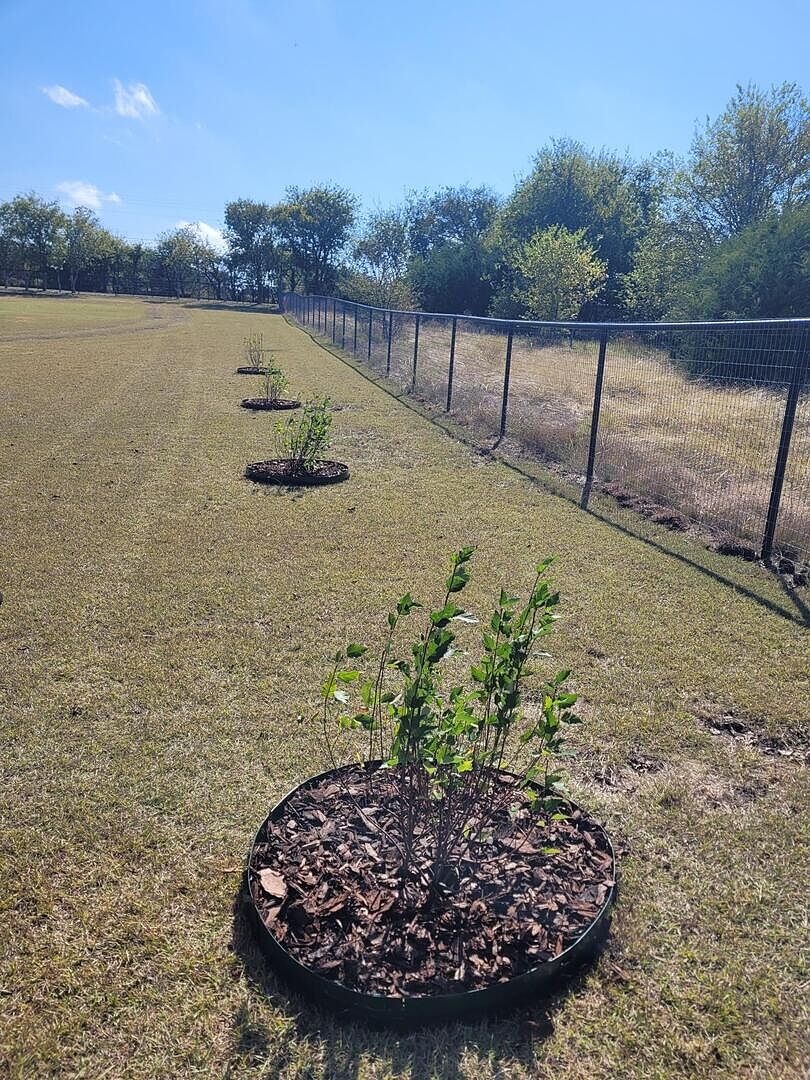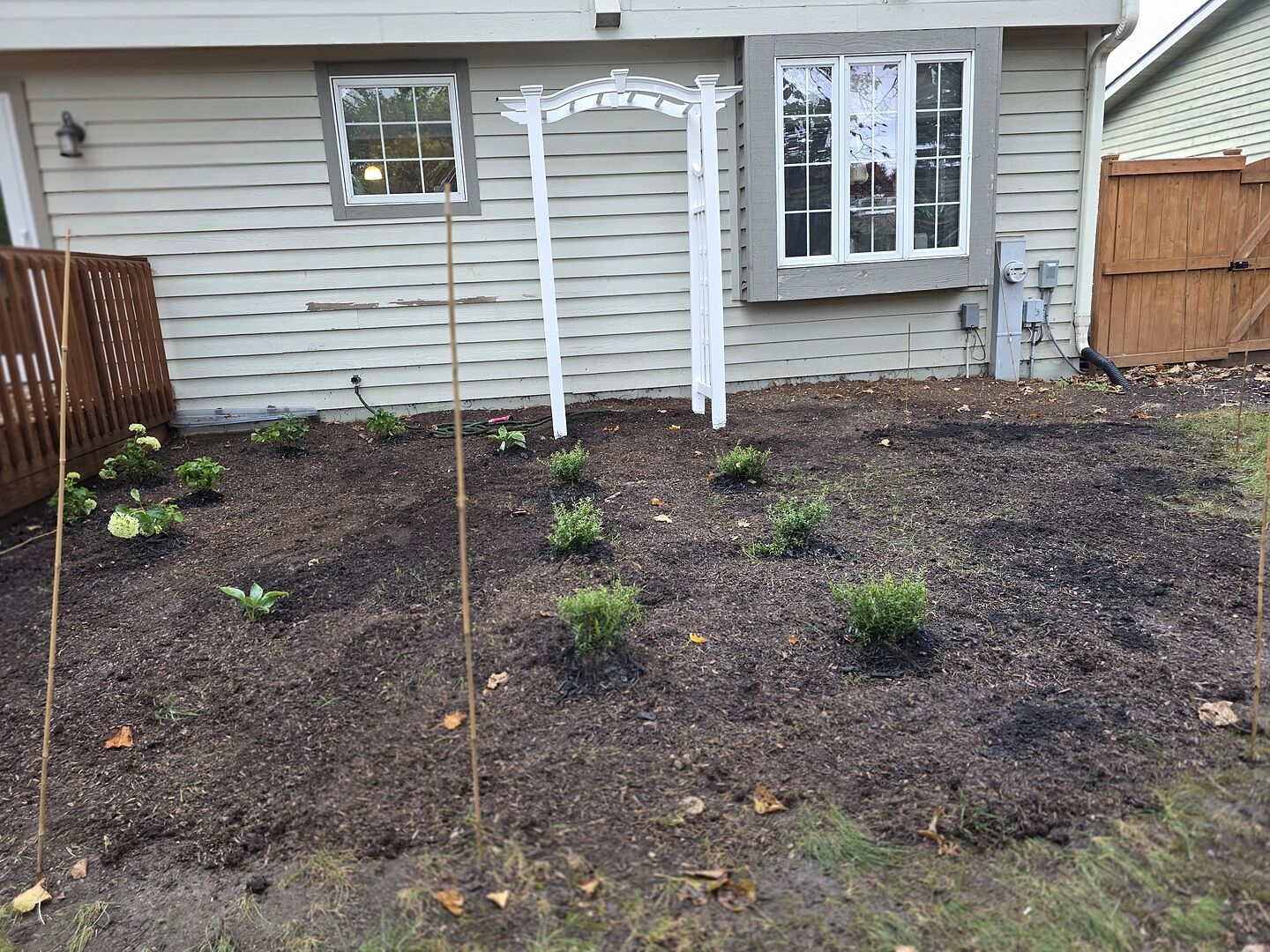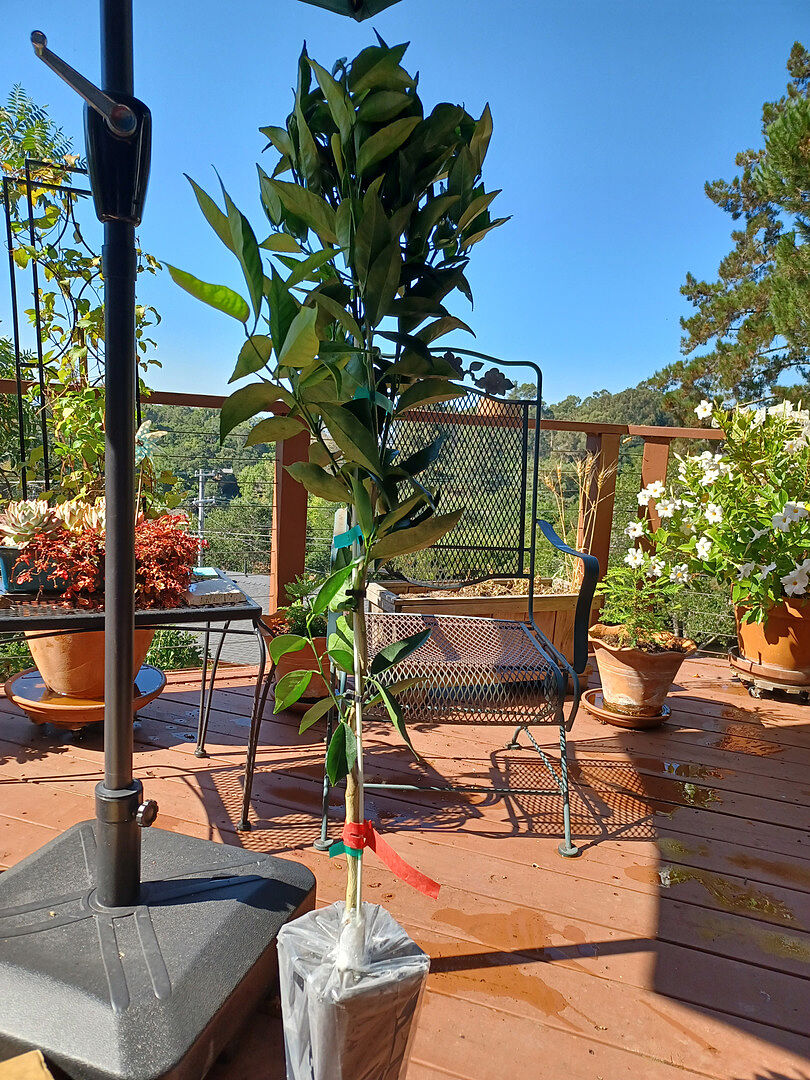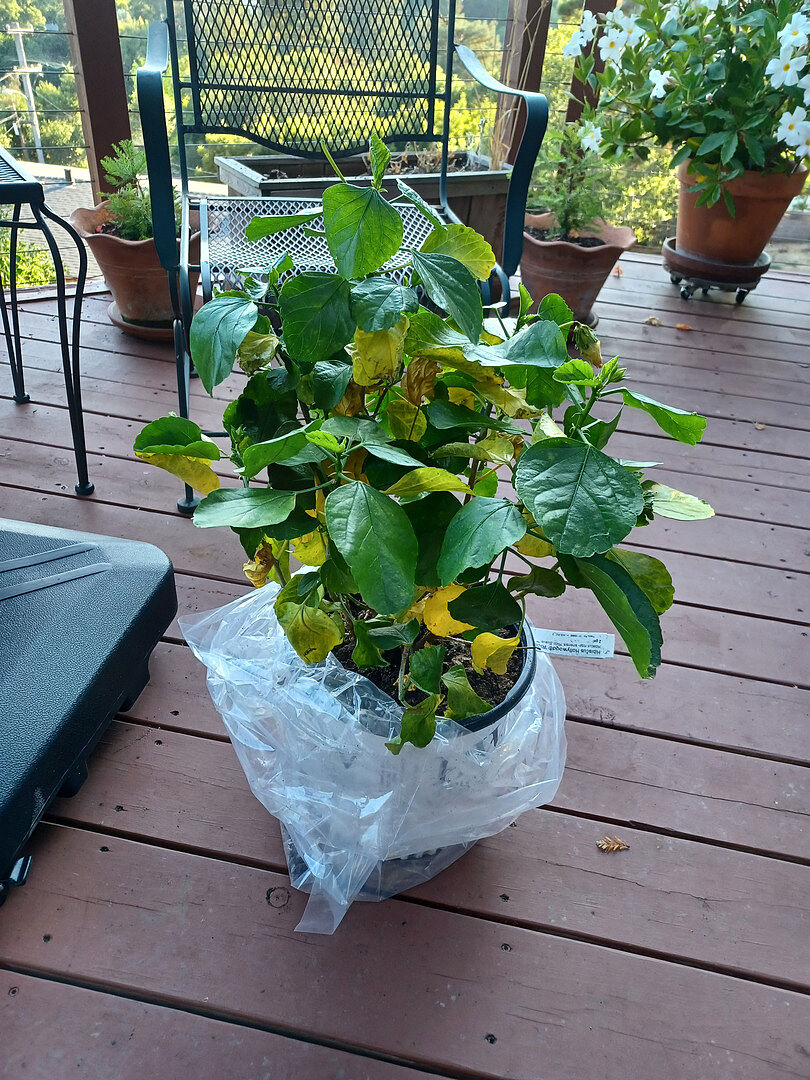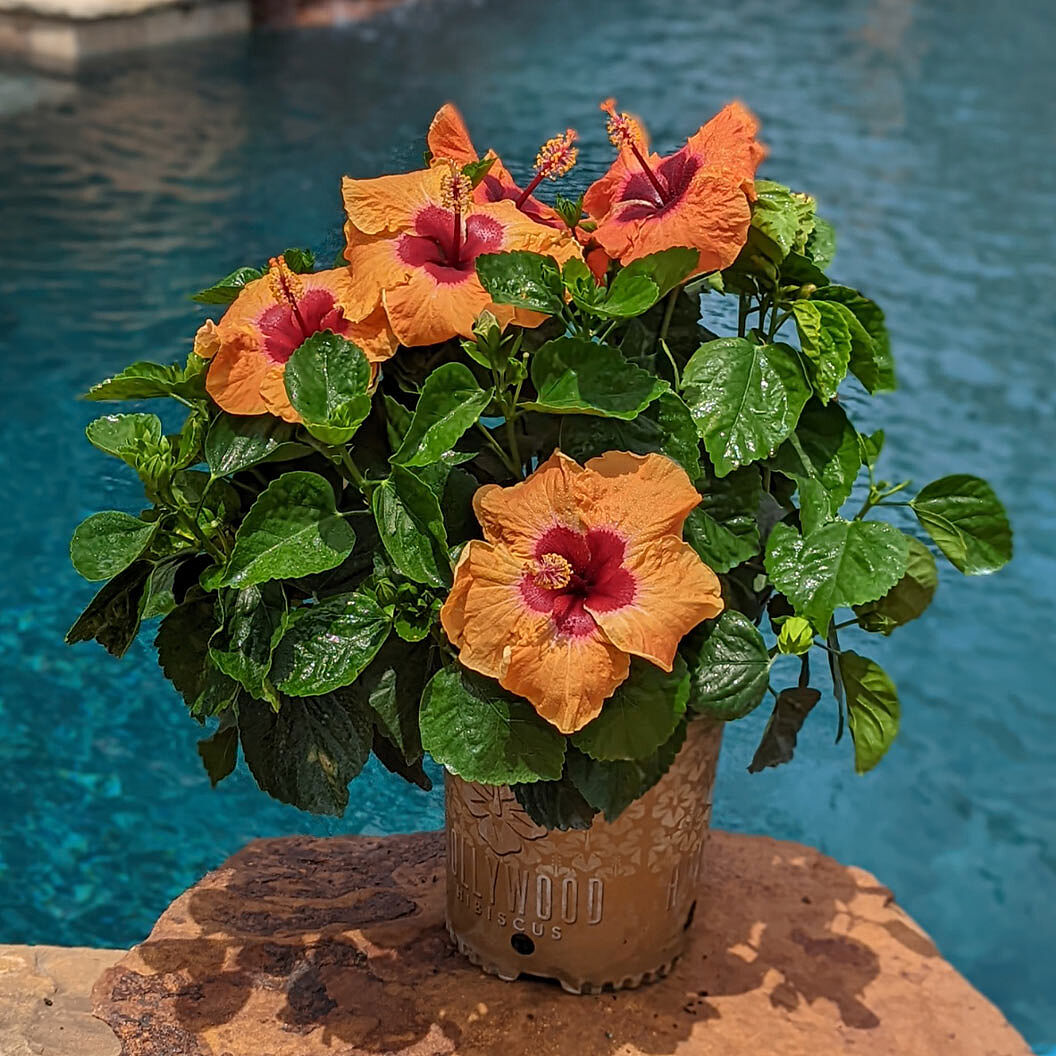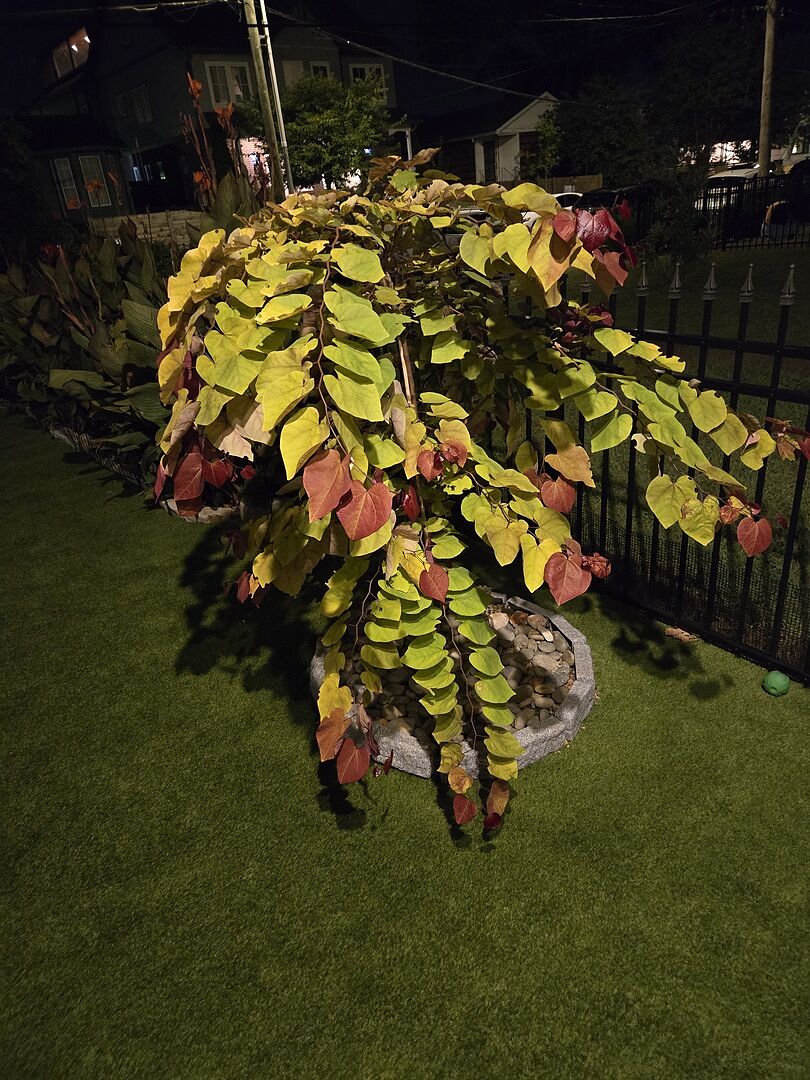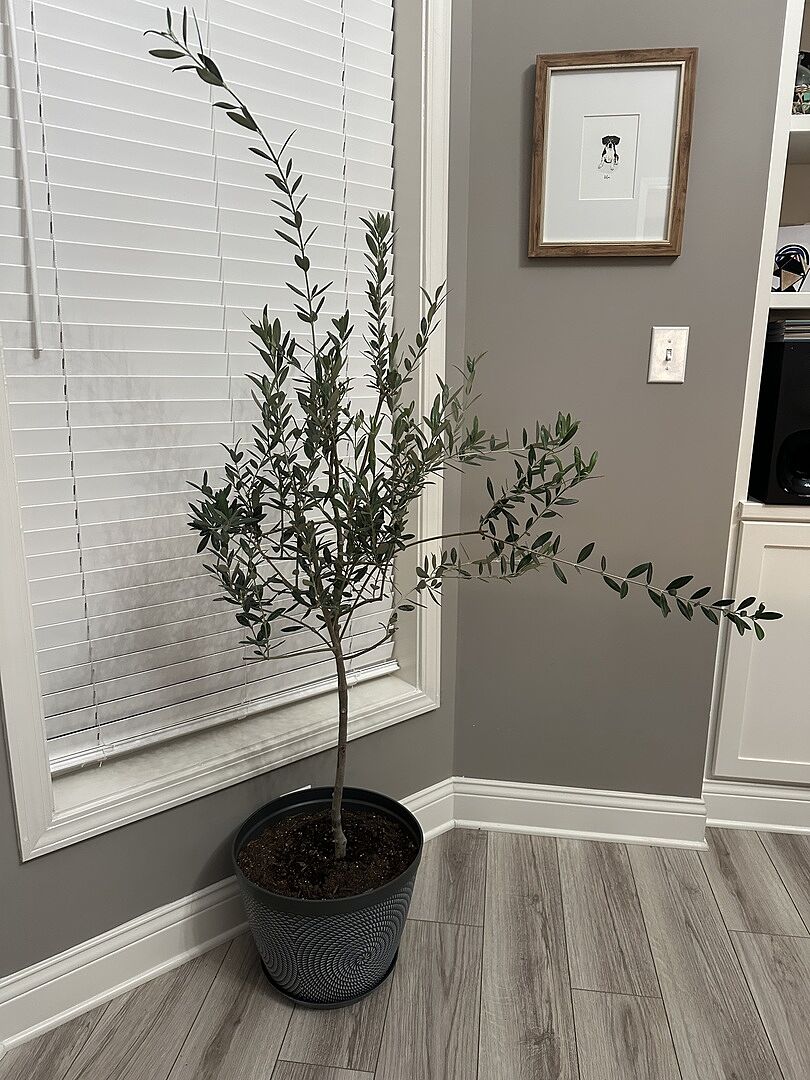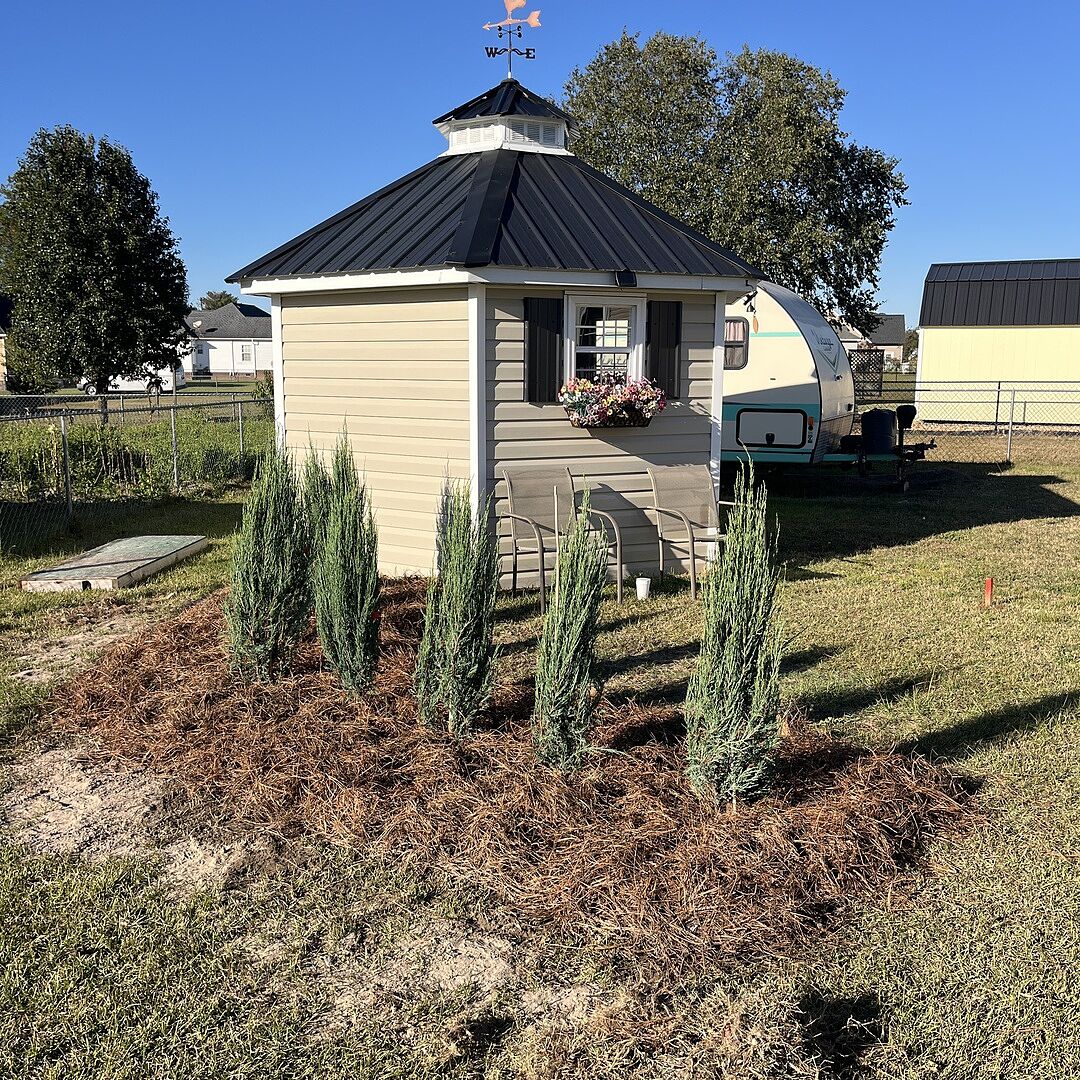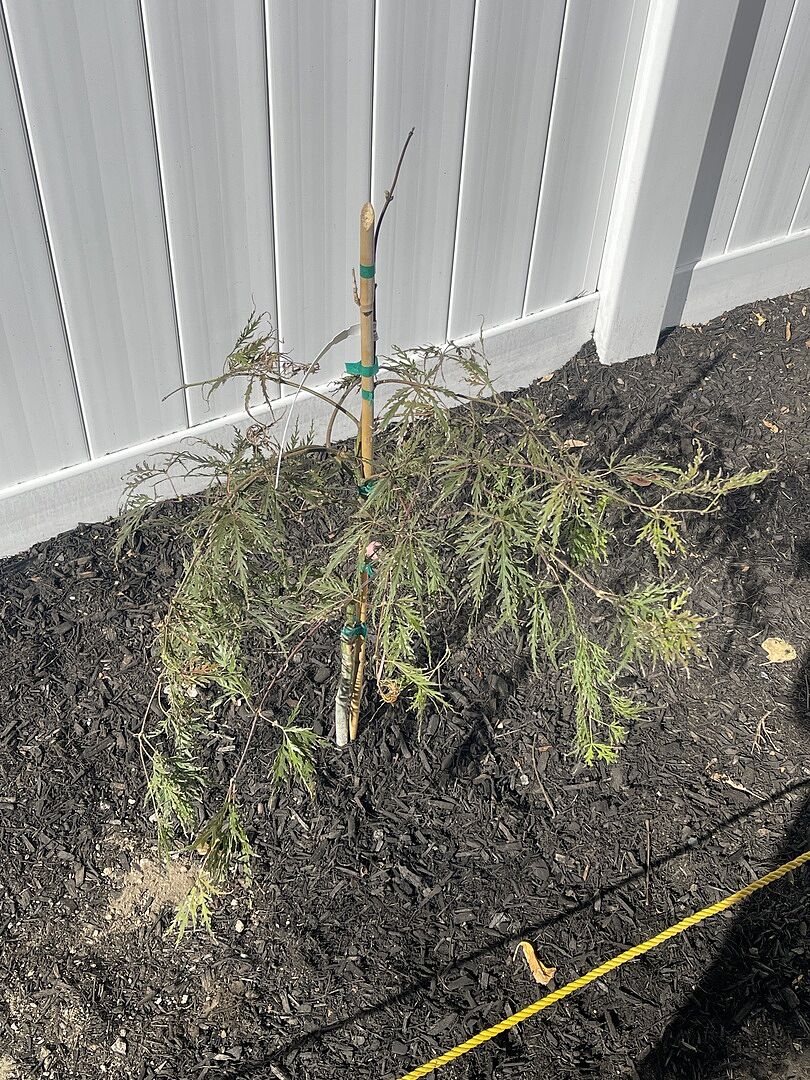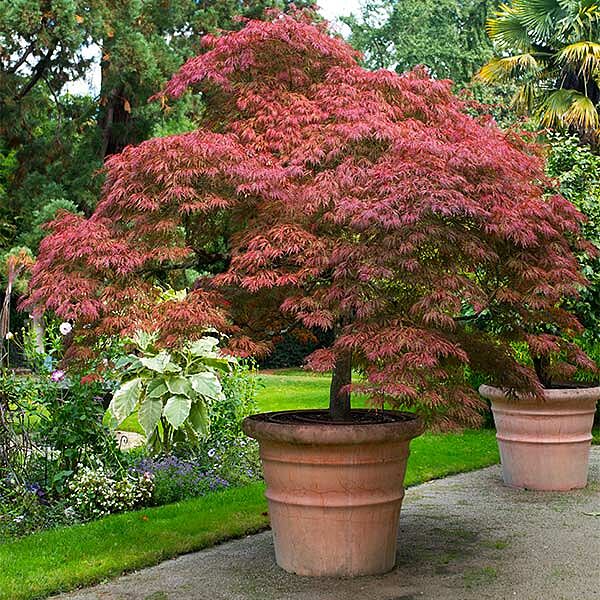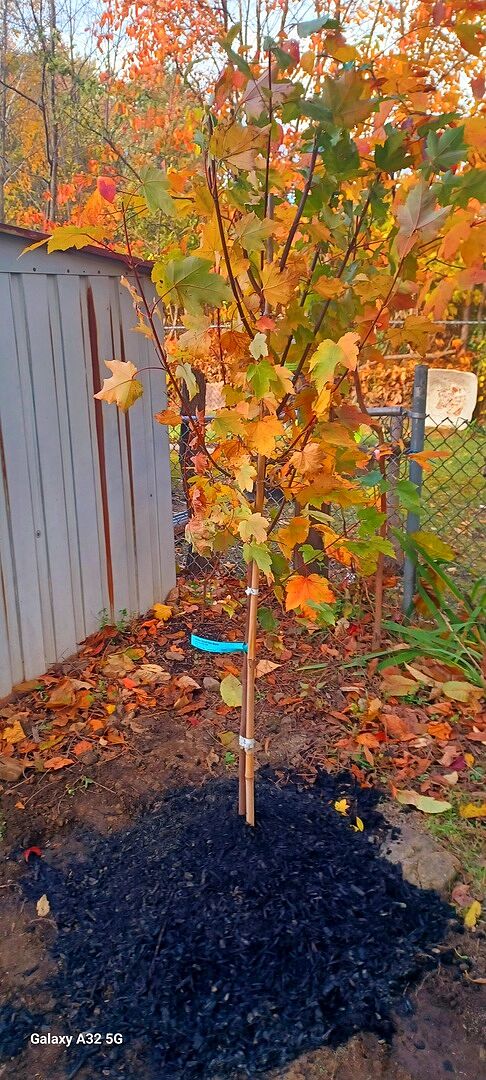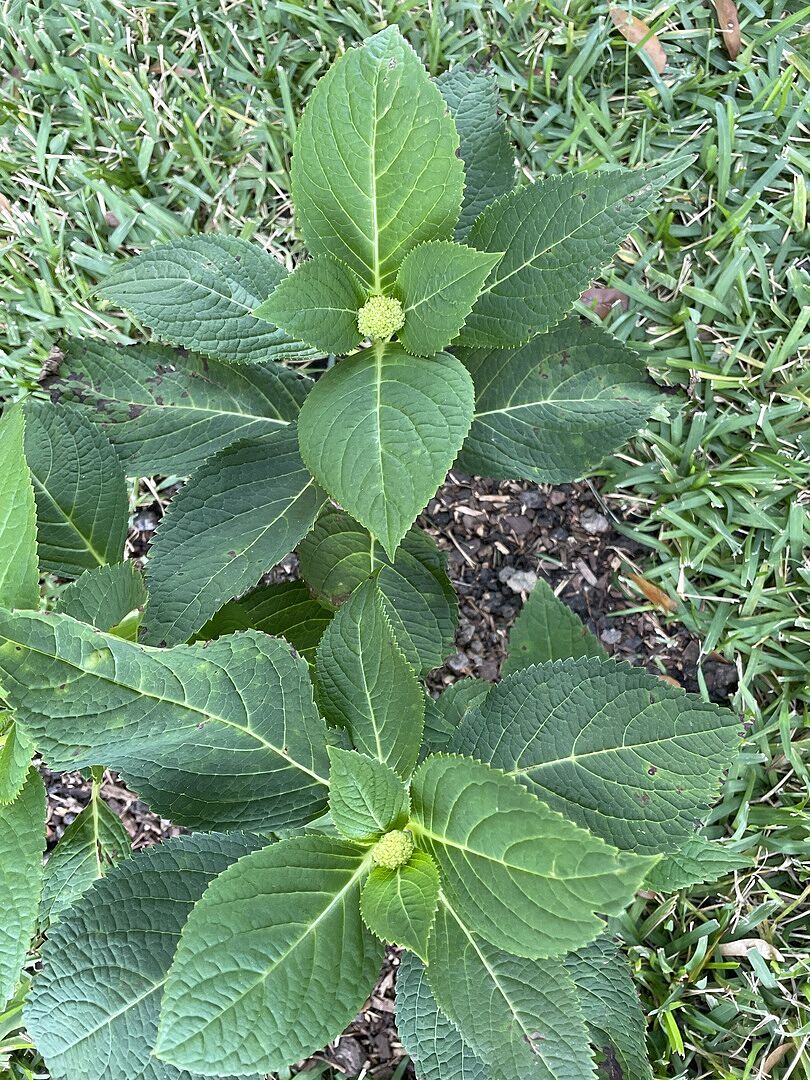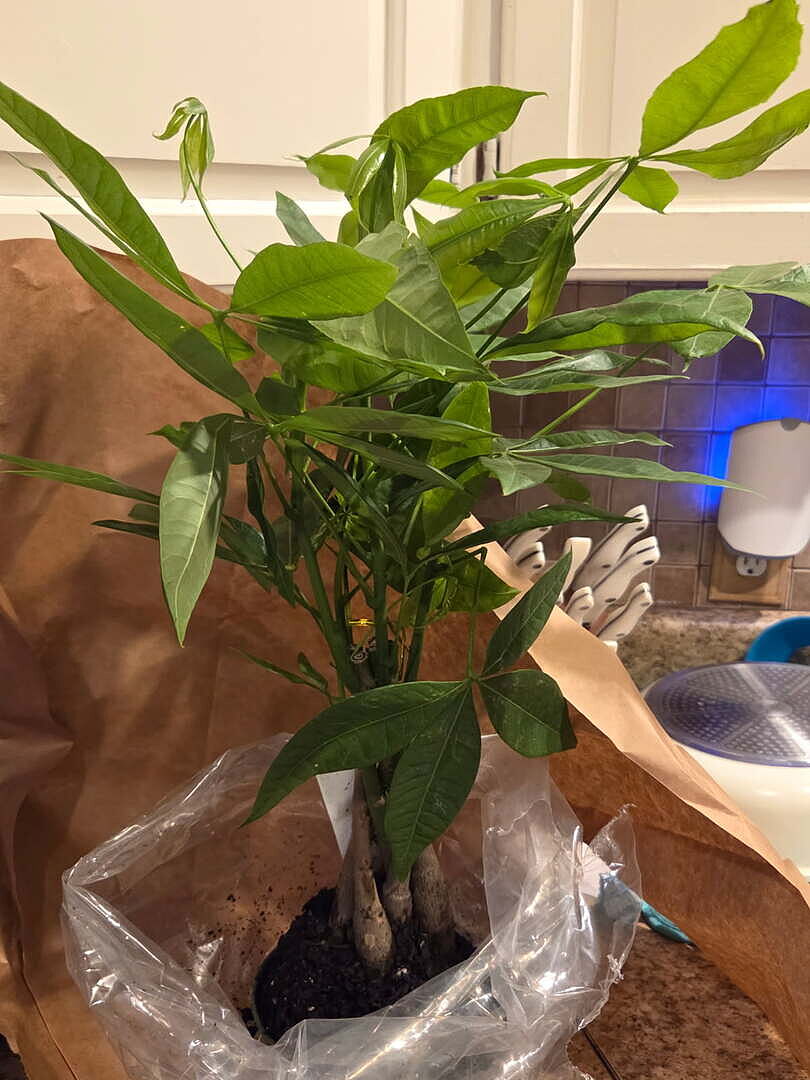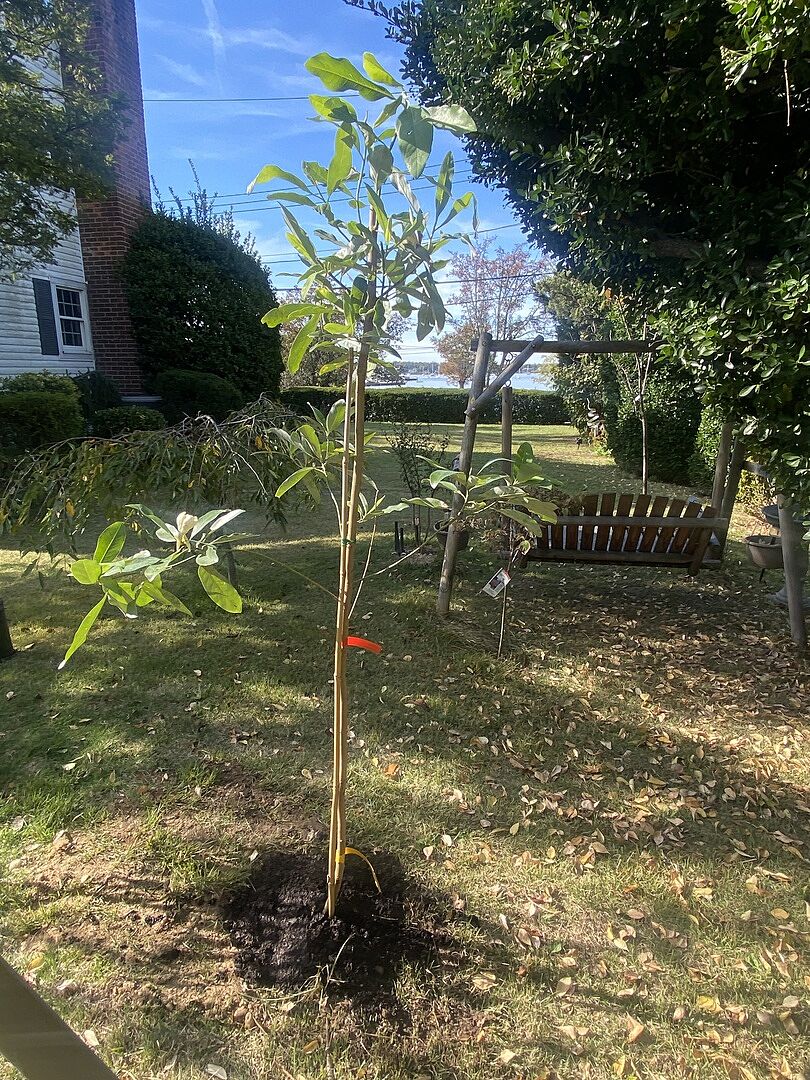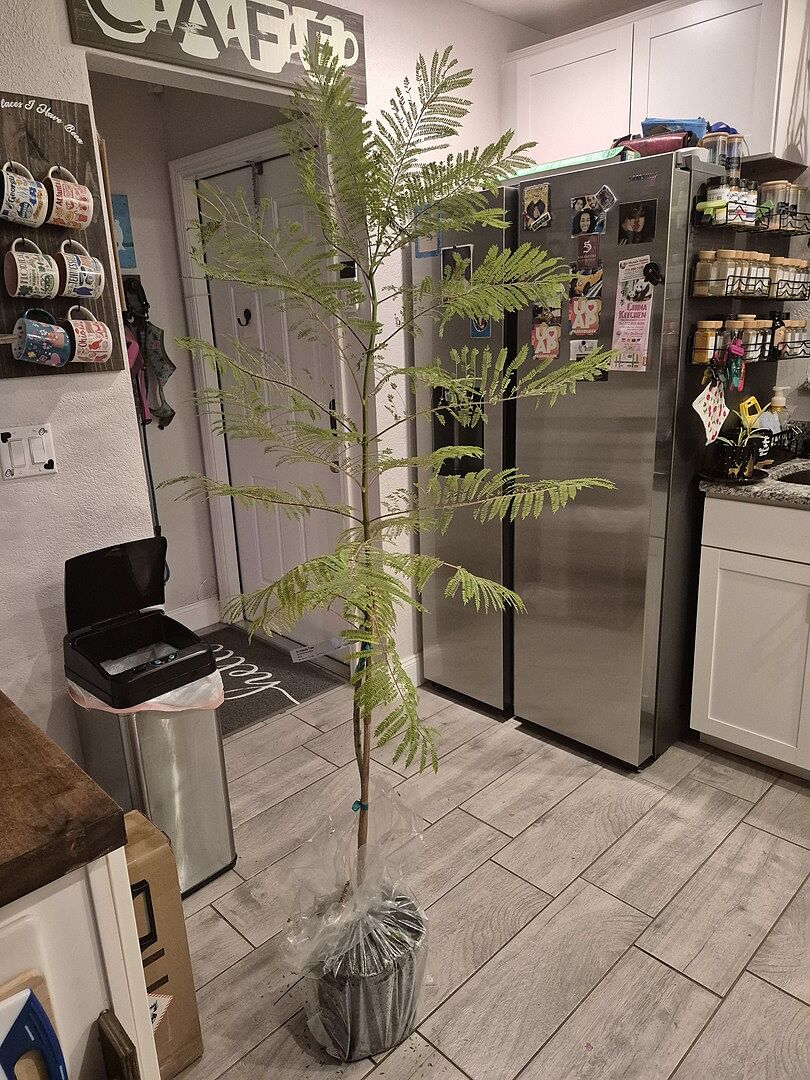Pruning Crape Myrtles: How to Keep Your Crape Healthy

Last updated: Apr 14 2022

Don't be a victim of the unnecessary practice of trimming off the tops of your crape myrtles (also called crepe myrtles) and leaving them bare. Many are daunted by proper pruning, but they shouldn't be. Pruning crape myrtles doesn't have to be complicated!
Sure, lopped-off crapes usually bounce back, but not with the best blooms possible. In fact, these crape myrtles would often be better off unpruned than cut completely. If you want to upgrade your crape game, check out our tips below...you'll be well on your way to the best yard on the block!
When Should You Prune Crape Myrtles?
Crape myrtle trees are summer bloomers and only produce flowers on new growth. Once they break dormancy, this new growth will rapidly emerge. Therefore, it’s good to remove a few of the older branches to make way for the new growth. Trimming crape myrtles in the late winter or early spring is a good idea in order to keep them neatly shaped.
Some gardeners trim off dead wood and cut branches from their crape myrtles late in the fall, before the first frost and after the last of the blooms have faded. Only do this if you live in the mildest areas of your tree's hardiness growing zones! Generally, crape myrtles in the fall should be left to grow.
A rule of green thumb: The ideal time to prune will be late winter, February or March; however, you can wait until April to prune your crape myrtle if you live in milder growing zones.

Trimming Crape Myrtles
If you do want to heavily trim your tree, wait until late winter and cut it back by half. Most people do this when their trees get too large, especially when they’re planted under power lines, or extremely close to their homes. crape myrtles are extremely tough trees, and often survive heavy pruning, but we don’t recommend cutting them back past half their size.
How Not to Prune Crape Myrtles
Before we discuss the benefits of pruning crape myrtles (and how to take on pruning properly), we’re going to tell you how not to prune them!
1. Don’t prune your crape myrtle trees in the summer or fall. This could stress the trees out. The summer heat will be too hot and stressful for new growth.
2. Don’t deadhead them! Although deadheading is common for a few different shrubs, you’ll hurt your chances for blooms by deadheading crapes. Small branches will grow from the stubbed trunks, and they might be too weak to support blooms.
3. Don’t use dirty or old pruners. Make sure that your tools are clean and sterile to make good clean cuts. If it takes a few tries to cut through a branch, and the cut is jagged, then it may get infected.
4. Don’t feel bad if you don’t prune your trees. It isn’t necessary to prune crape myrtles, even if it can improve bloom production. These tough trees will grow fine in their natural form and natural shape.

Pruning Tools for Crape Myrtles
1. Hand pruners: A small pair of pruners generally used to prune small branches and shrubs with stems no larger than half an inch wide.
2. Loppers: A larger pair of pruners with long handles. These are used to prune branches that are about half an inch to 1.5 inches wide.
3. A pole saw: A small saw on a pole. They’re generally used to prune branches over 1 to 1.5 inches thick.
4. Chainsaw: In some cases, when people want to seriously prune crape myrtles, a chainsaw may be preferred in order to prune thick branches and trunks. We only recommend the use of chainsaws for trained professionals.
What is the Correct Method of Pruning?
When you’re pruning crape myrtles in dormancy and want to know which branches to trim, look for any damaged, dead or broken branches. This will prevent the trees from getting infected or spreading disease.
To check if branches are dead, gently rub the bark with a coin or your fingernail. If the flesh under the bark is a light color like green, yellow, or white, the branch is still alive and healthy. If the color under the bark is brown or black, the branch is dead and needs to be cut back.
Furthermore, look for any branches that cross or rub. It will be good to remove them before they break. It’s best to remove a few branches from the center of the tree to allow more sunlight to hit lower branches and create better airflow. This sunlight will provide more blooms and growth, as well as dry out branches and prevent mold. Ensure that you remove any branches that take away from the shape that you desire for your trees, like branches growing at odd angles.

Before you begin pruning crape myrtles, study them and create a game plan for what you want to remove. You can always go back and prune later, but you never want to over prune your tree or thin it out too much! Pruning crape myrtles too heavily can damage them, resulting in what's called "crape murder."
When pruning branches, make your cuts back to about a third of their size. Make the cuts at 45-degree angles, facing upwards, to promote new growth. If you don’t want a particular branch to grow back, cut it back to about an inch away from the trunk. Make the cut straight across the branch.
If you see new growth at ground level, around the trunks of your trees, remove these. Pull upwards on them in a twisting motion to remove these 'suckers', which generally steal nutrients from the rest of the tree.
The wooden pods that remain don’t need to be removed. They will naturally drop to make way for new blooms. However, to get faster blooms after each blooming cycle, you can remove them by picking them off by hand.
Only Prune Your Crape Myrtles When Necessary
Unnecessary pruning of your crape myrtle commonly results in knobby stems and bunchy growths, making them more easily susceptible to diseases and pests. Remember that only a light pruning of your crape myrtle is needed to encourage plenty of blooms. Trim to your desired size and height, but leave your tree intact.
Interested in purchasing a crape myrtle? We sell a variety of sizes and colors to choose from! And be sure to view our Crape Myrtle Varieties guide for further planting and care tips, as well as specific variety suggestions.
FAQs

Written by
Blair Brown
Blair is the Content Marketing Manager at FastGrowingTrees.com, and though she's not your traditional gardener, the planting world is definitely growing on her (pun intended!). She's enjoyed digging into plant care and maintenance and growing her plant collection, especially with exotic indoor varieties.
Featured Product

Dynamite Crape Myrtle
217 reviewsStarting at $105.95












